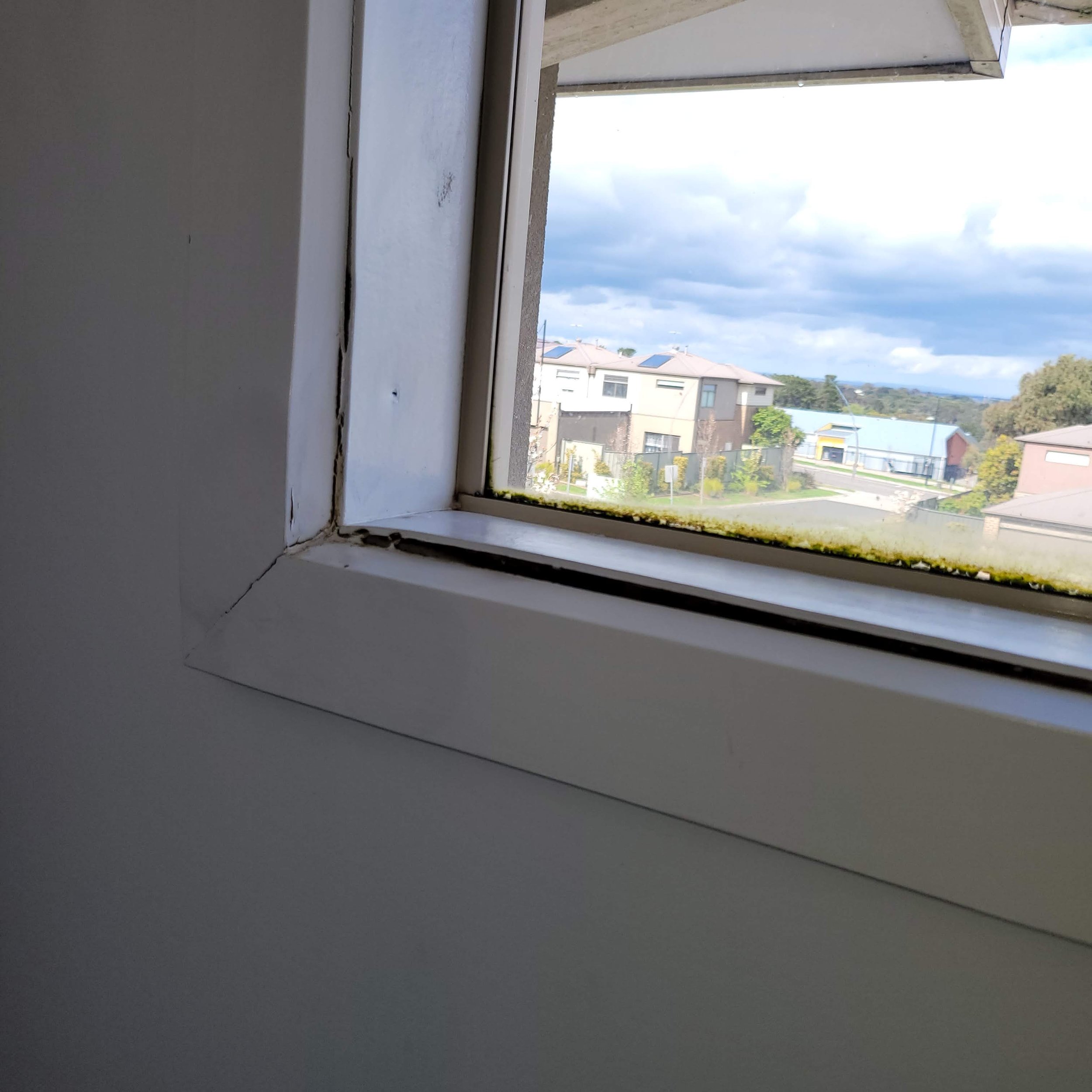Water Leak Detection
Water damage tops the list of defects in buildings and complaints to the VBA. Water ingress and increased moisture levels in buildings cause many problems. Common building materials like wood, MDF or plaster are at risk in the growth of mould and structure change within the building and can cause irreversible damage. Paints, glues and resins are affected by water, carpets and insulations also hold significant water and while ingress may only be a few minutes, it can take weeks to dry.
The most common and destructive type of water damage is rain related. Rain water leaks come in many forms from catastrophic plumbing failure to hidden leaks that causes damage over many years. The top three problem areas in construction are: foundation drainage, window/door failure including flashing and roof leaks. Newer energy efficient homes do not dry out as quickly as the houses of older generations. Newer, engineered building products are less tolerant to frequent water exposure. Most damage hides behind finishes, with long term negative impacts on indoor-air quality and health.
Top 10 causes of water damage to residential buildings:
Rupture of supply hoses to sinks, toilets, refrigerators and washing machines.
Leaks in breech pipes to showers and baths, aging copper pipework and non-compatible materials, or a wall lining penetration.
Poorly maintained/degraded sealants to shower recesses and balconies
Poor joint seals/ground movement causing cracking and leaks to drainage pipes inground, which can go undetected for many years
Poor maintenance to gutters and downpipes allowing backflow or overflow into the buildings
Inadequate design of box gutters assemblies and flat roofing in modern construction not coping with change in weather patterns and increases in water volume
Leaks in flexible drainage hoses to dishwashers and washing machines
Poor maintenance of roof coverings, cracked tiles and storm damage
Inadequate design and/or poor maintenance of surface drainage around the perimeter of buildings causing increases in soil moisture, rising damp and risks of flooding
Renovations including rendering old residences which cover subfloor ventilation, resulting in condensation, air exchange and moisture control problems
























